Koloko Honokohau National Park: A fascination and historic park, ponds, beaches and more to explore
Welcome to Koloko Honokohau National Historical Park, a place where the ancient Hawaiian culture and natural beauty intertwine. Located on the western coast of Hawaii’s Big Island, this national park offers a unique opportunity to explore the rich history and diverse ecosystems of the Hawaiian Islands.
At Koloko Honokohau, you’ll discover the remnants of traditional Hawaiian settlements, fishponds, and petroglyphs, providing a window into the daily lives of the indigenous people who once thrived here. But it’s not just a historical site; the park also boasts pristine beaches, coastal trails, and vibrant marine life.
In this guide, we’ll delve into the park’s fascinating history, the cultural significance of the area, and the myriad recreational activities you can enjoy, whether you’re interested in hiking, wildlife watching, or simply relaxing on the sun-soaked shores. Let’s embark on a journey through time and nature as we explore the wonders of Koloko Honokohau National Historical Park.
.
A brief history about Kaloko Honokohau National Park
Kaloko-Honokohau National Historical Park, located on the western coast of Hawaii’s Big Island, is a place steeped in history, culture, and natural beauty. Its history dates back to the time of the early Hawaiians, and it played a vital role in the lives of the indigenous people who called it home.
Early Hawaiian Settlements:
Before the arrival of Europeans, this area was inhabited by native Hawaiians who had established thriving coastal settlements. They utilized the natural resources of the land and the sea to sustain their communities. The park is home to numerous remnants of these ancient Hawaiian settlements, including house sites, fishponds, and petroglyphs, which provide insights into their way of life.
Cultural Significance:
Kaloko-Honokohau holds immense cultural significance for the Hawaiian people. The area was once a residence for ali’i (chiefs) and was used for religious ceremonies and traditional Hawaiian practices. The park’s historical sites and cultural artifacts serve as a testament to the enduring legacy of Hawaii’s indigenous culture.
European Contact:
With the arrival of European explorers and settlers, Hawaii underwent significant changes. The area now encompassed by the park witnessed interactions between Hawaiians and outsiders, which had both positive and negative impacts on the native population.
Conservation Efforts:
In modern times, the park has become a symbol of preservation and conservation. Efforts have been made to restore and protect the traditional Hawaiian fishponds and other cultural features within the park, ensuring that the cultural heritage of the area remains intact.
Natural Beauty:
Beyond its historical and cultural significance, Kaloko-Honokohau is blessed with stunning natural beauty. The park includes a diverse range of ecosystems, from coastal lava fields and anchialine pools to lush wetlands and sandy beaches. It’s a haven for wildlife, including seabirds, turtles, and other marine species.
Today, Kaloko-Honokohau National Historical Park serves as a place of learning, reverence, and appreciation for both the Hawaiian culture and the natural world. Visitors have the opportunity to explore its rich history, witness the ongoing efforts to preserve its cultural treasures, and immerse themselves in the stunning landscapes that make this park a true gem on Hawaii’s Big Island.
- Kaloko Honokohau large canoe house along the shoreline
What to see today at Koloko Honokohau
The remains of an ancient heiau and platform are still present on the far end of Koloko Honokohau National park. The heiau was built as a tribute to the gods to serve religious ceremonies dedicated to war, agriculture, fishing, navigation, and other purposes. Hawaiians gave offerings and tributes at the heiau in addition to ceremonial prayers, chants, dances, song and food. Even to this day traditional Hawaiian practices are done in this sacred temple. Following are images of the entry to the heiau and remains of the platform.
There are two major fish ponds at Koloko and a fish trap which were reserved for the Alii or chiefs of the area, but also used for feeding the people in this area. The Hawaiians fished extensively and built and maintained these ponds to feed the needs of the population. The coastal dwellers also traded the fish and seafood with those further mauka (upland) for fresh produce like Ulu(breadfruit) Kalo(taro) and other staple dietary products that were hard to grow along the coastline.
The stone heiau at Kaloko Honokohau
At Kaloko-Honokohau National Historical Park, you’ll encounter a heiau, which is a traditional Hawaiian temple or sacred site. The heiau within the park is known as ‘Ai’opio Fishtrap and is of great cultural significance.
**’Ai’opio Fishtrap Heiau:** This heiau is one of several within the park and is particularly notable for its connection to traditional Hawaiian fishing practices. It was constructed with carefully stacked stones and a low rock wall, creating a rectangular enclosure. ‘Ai’opio translates to “fish of the young,” reflecting its purpose in aiding the capture of young fish for the Hawaiian community.
**Significance:** The ‘Ai’opio Fishtrap Heiau played a vital role in the sustainability of the early Hawaiian communities that thrived along the coast. It was designed to function as a fishpond where young fish could be trapped during high tide, allowing them to grow and mature in a protected environment. This sustainable fishing practice helped ensure a consistent food supply for the indigenous people.
Today, the heiau serves as a cultural and historical reminder of the innovative and sustainable fishing methods employed by the Hawaiians of old. It’s also a place of reverence and education, where visitors can learn about the traditional practices that were central to Hawaiian culture and the delicate balance between the people and their natural surroundings.
Spiritual energy and deities of the past
This area is very sacred to the Hawaiian people and has a lot of mana (spiritual power), native Hawaiians speak of a mo’o or water-dwelling guardian spirit who rests on the rocks and watches over the fish ponds. As long as the pond is maintained and treated with respect then the mo’o will allow for bountiful fishing. Kaloko Honokohau was recognized by the federal government as a national treasure and park in 1978. There are many things to do and see at the park including hiking any of the coastal trails, visiting the information center, the fish ponds, and the historic sanctuary and heiau at Honokohau.
Thanks for visiting Kaloko Honokohau National park for Travel Photo Mondays, hope that you enjoyed your visit and may someday explore this sacred place in person when visiting Hawaii Island
Check out these other posts to visiting the historic sites on the Big Island
Lapakahi State HIstorical Park
Visit to Spencer Beach on the Kohala Coast
Conclusion to visiting Kaloko Honokohau National park
Visiting Kaloko-Honokohau National Historical Park offers a unique blend of Hawaiian culture, history, and natural beauty. Explore ancient Hawaiian settlements, sacred heiau, and lush ecosystems. Learn about traditional fishing practices and the enduring legacy of the Hawaiian people. This park is a place to connect with Hawaii’s past, appreciate its natural wonders, and honor its cultural heritage.
If you like this post on Koloko Honokohau National Park – Travel Photo Mondays, please consider subscribing below – also share this post with any of the social media buttons located around the post, thanks for visiting!

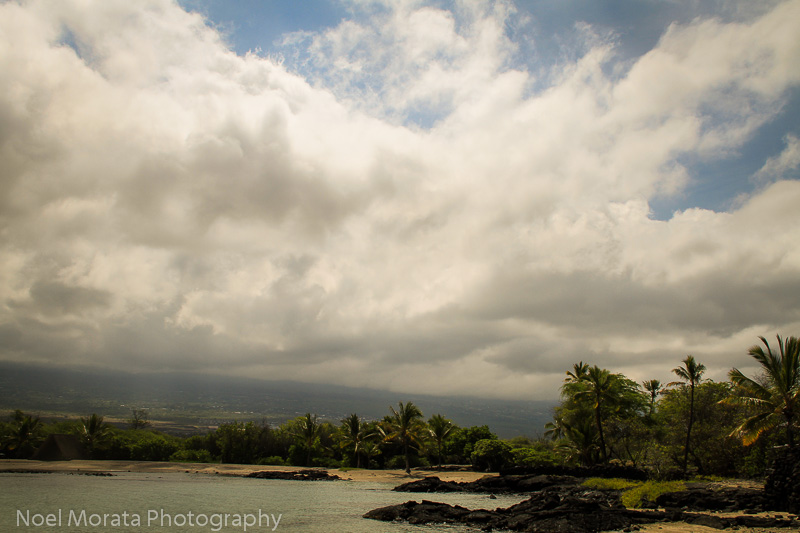
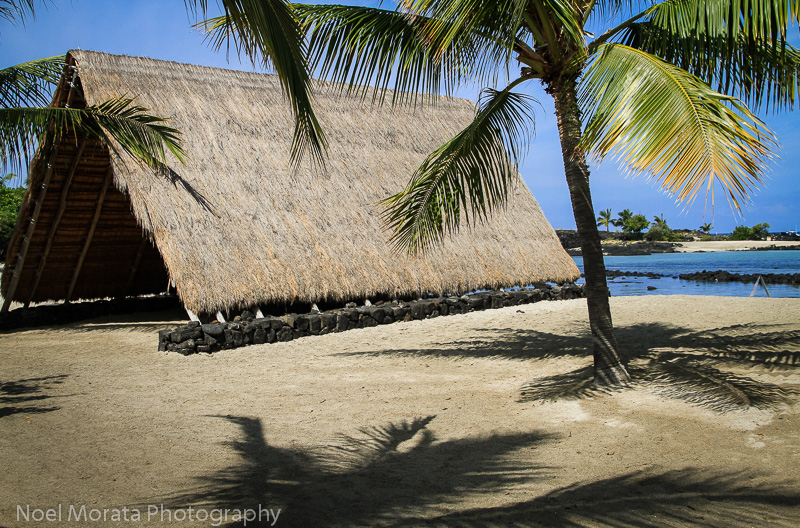

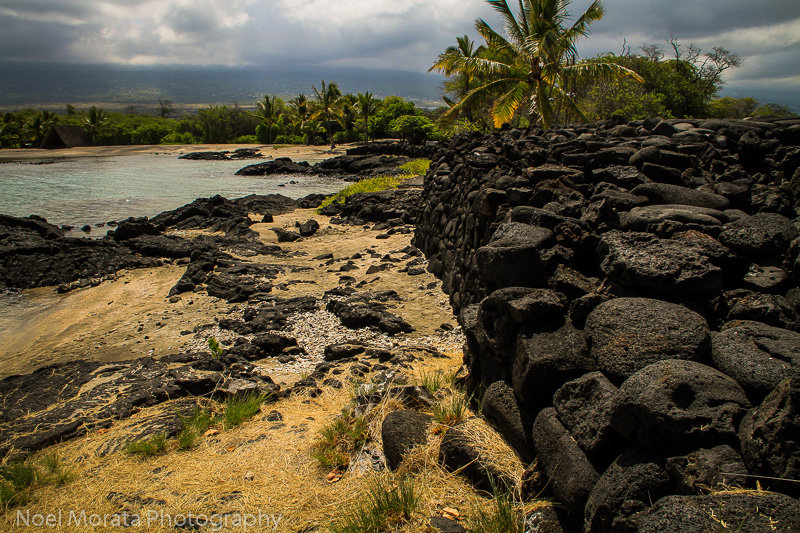

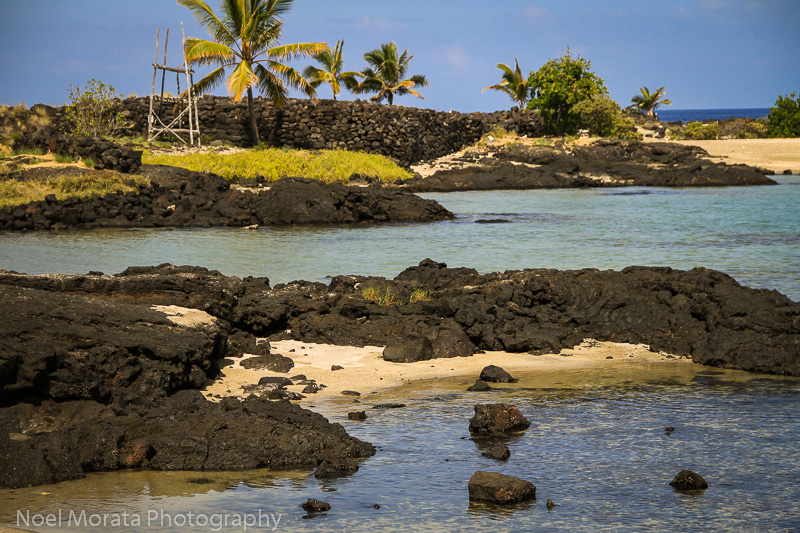
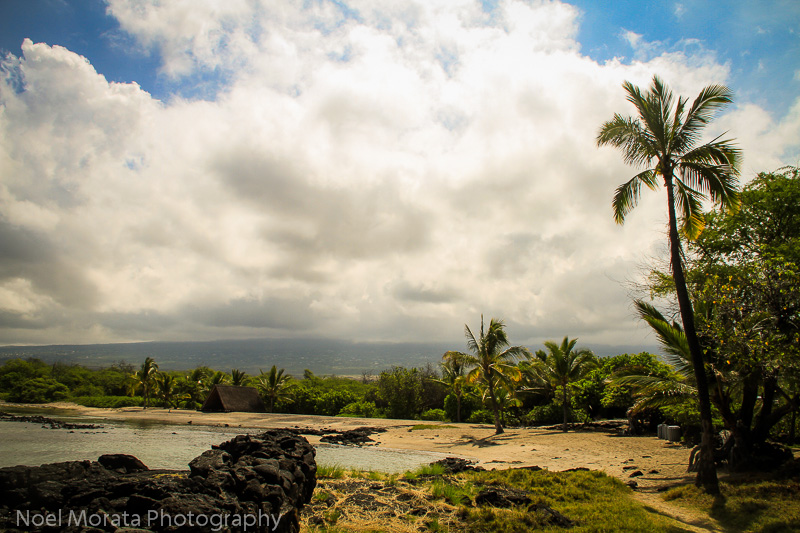

Hi Noel, thanks for the virtual tour of the beautiful Koloko Honokohau National Park! Loved your photos and narrative!
These are some wonderful shots, Noel. The landscape is haunting and evocative at the same time.
How fortunate for you to be able to visit this gorgeous place!
What a paradisiac place !
Incredible pictures!
Your images are gorgeous. They are beautiful postcards that invite the viewer into a beautiful other world.
Your images are so strong and beautiful. My favourite is Kaloko Honokohau heiau – it has an almost eery mood i think. Thank you for visiting and I look forward to seeing more of your work. I too, will be back with some of my work – perhaps from my past travels.
Thanks for coming over to my site yesterday, I may not have discovered your own site otherwise. I had a good look around and like what I see. I will definitely join in your Travel Photos Monday
Hawaii is indeed a blue-tiful state. Thanks for sharing.
Happy 1st Blue Monday, Noel.
Great post and photos. I shall be joining in. And thanks for visiting my site earlier.
Wow! Gorgeous images Noel!
Come and join us Birgitta and link up 🙂
Oh my gosh, Noel! All your Hawaii posts are really making me want to go back to Hawaii!
Gorgeous images Noel! The Hawaiian landscape is just so beautiful and Koloko Honokohau National park looks to be a fascinating visit…
Hi again and thanks for the invitation. Your images are just beautiful. Makes me want to come visit that lovely place! Amazing they could make use of volcanic rock in lieu of other materials. Take care – Dawn
thanks for the tour and for hosting Travel Photo Monday.
We have a volcanic rock slide on the coast near where I live It is a favourite with photographers, especially in the evening.